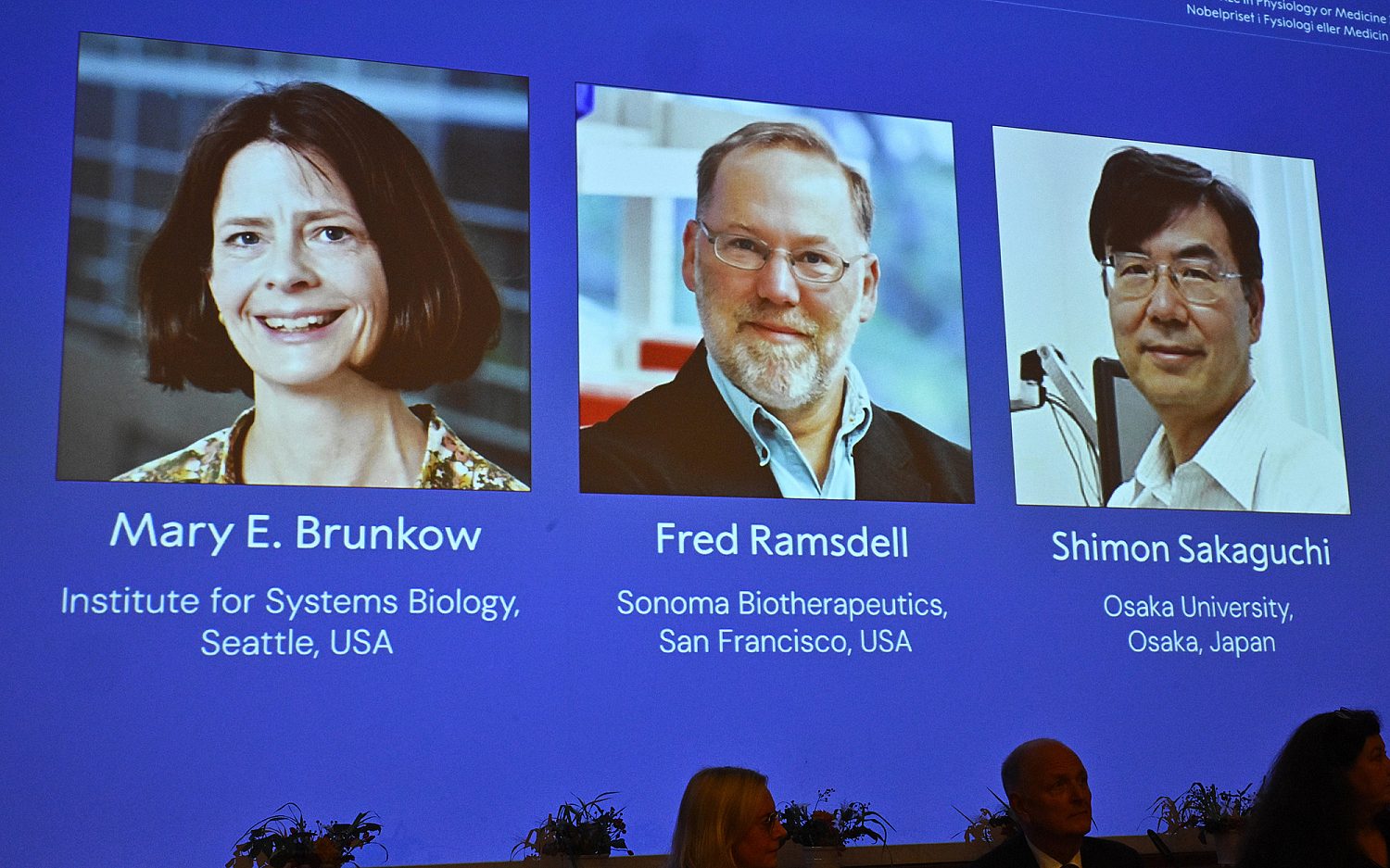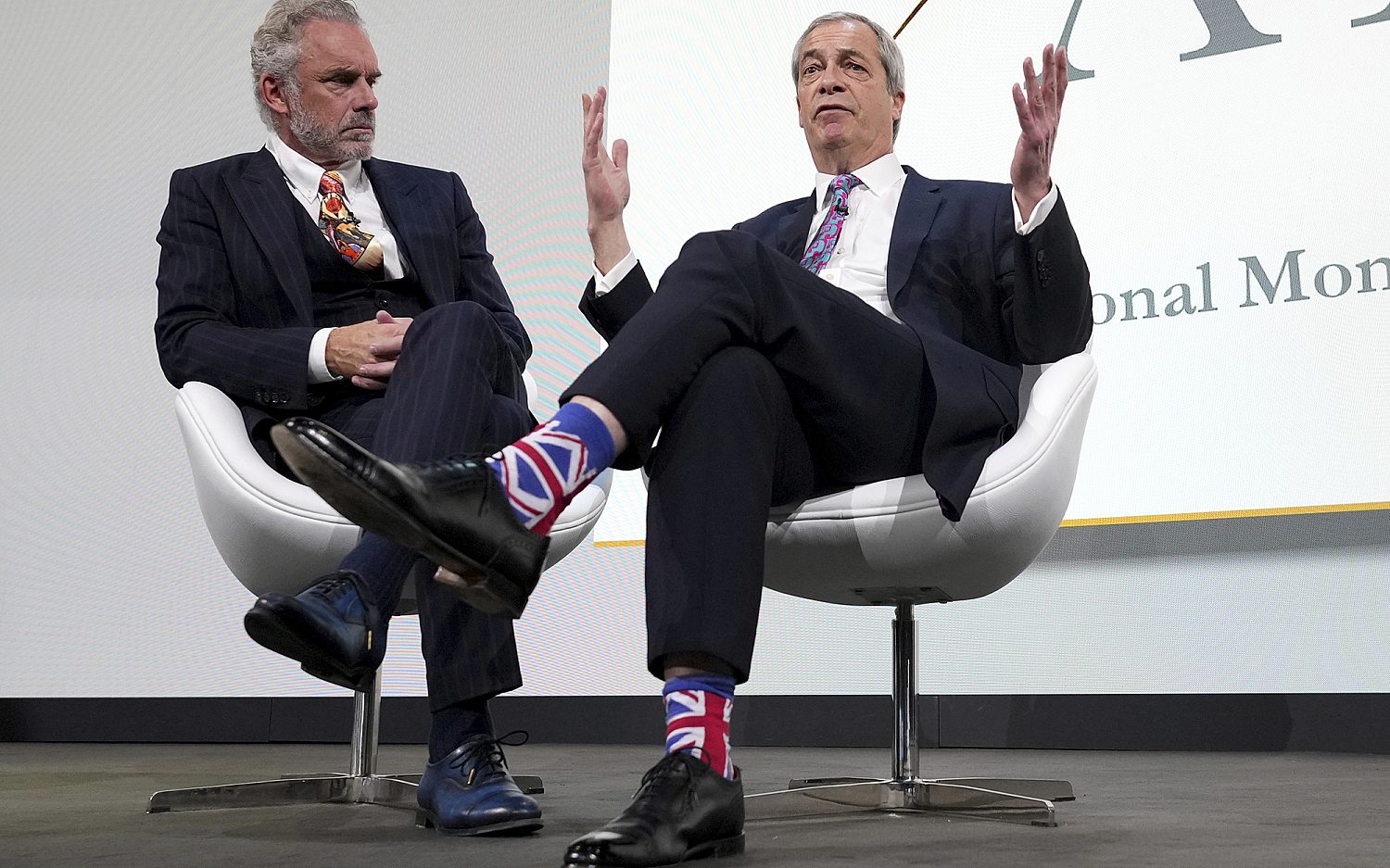NOAA scientists claim to plug hole in global warming theory
Media outlets crowed with relief earlier this month after a team of researchers claimed to have solved a problem plaguing global warming advocates: The data show no change in temperature for almost two decades. But after re-examining the numbers and tweaking them just a bit, researchers at the National Oceanic and Atmospheric Administration (NOAA) magically erased the so-called “global warming hiatus.”
Scientists who believe our planet is warming due to carbon dioxide emissions have spent the past several years scratching their heads over data that showed a halt to global warming for the past 18 years or more. But after NOAA researchers adjusted the data for what they believe were inaccuracies, their statistics show a steady increase in global temperatures.
Now global warming skeptics are weighing in on those adjustments. The controversies mainly center on issues of data collection, especially in regard to ocean temperatures. Most sea-surface temperatures are collected from either buoys or ships. Ships collect data through temperature measurements of the water from the engine intake, or by throwing a bucket in the sea, hauling it back up, and recording the temperature of the water.
In recent years, researchers have collected more data from buoys than from ships. Since buoys tend to give temperature readings about 0.12 degrees Celsius cooler than ship readings, the NOAA researchers added 0.12 degrees to all of the buoy data to correct for the difference.
But such a correction introduces its own inaccuracies, according to Bob Tisdale, author and blogger, and Anthony Watts, a former meteorologist. Due to better instrumentation and automated sampling, buoy data is more accurate and reliable than data collected from ships because heat from the ship's engine can affect water temperature. Thus, the NOAA researchers adjusted the data from a more reliable and cooler source, to better coincide with data from a less reliable and warmer source, Tisdale and Watts note. Furthermore, the temperature difference between ship readings and buoy readings varies greatly from region to region, but the researchers added 0.12 degrees Celsius to all the buoy data without taking region into consideration.
“It’s hard to imagine how anyone could take the new NOAA global surface temperature data seriously,” Watts said.
A second point of controversy involves the two types of data collected from ships. Sea bucket measurements tend to be cooler than readings taken from the engine intake, so the NOAA researchers made a warming adjustment to the sea bucket data. But, Watts said, records collected many years ago were not obtained for the purpose of climate analysis, so there often is no record of what method of sampling was used. That makes it difficult, if not impossible, to go back and make accurate adjustments.
And the conclusions of the NOAA study are not supported by other global warming studies, said Calvin Beisner, founder of the Cornwall Alliance for the Stewardship of Creation. The NOAA researchers used unreliable data from the beginning because the readings from buoys are not a representative sample. Buoys cover only an infinitesimal area of the oceans, and ship databases are affected by a variety of things, including heat from the ship's engine and inconsistencies in how the water is gathered.
According to Beisner, satellites provide the most reliable global temperature data available from 1979 to the present. Readings can be obtained 24 hours a day and are the least subject to local contamination, changes or inadequacies in samples, or variations in methodology and instrumentation.
“You can’t beat that kind of data, and the satellite databases show there has been no global warming at all in the past 18 years,” he said.
An actual newsletter worth subscribing to instead of just a collection of links. —Adam
Sign up to receive The Sift email newsletter each weekday morning for the latest headlines from WORLD’s breaking news team.





Please wait while we load the latest comments...
Comments
Please register, subscribe, or log in to comment on this article.